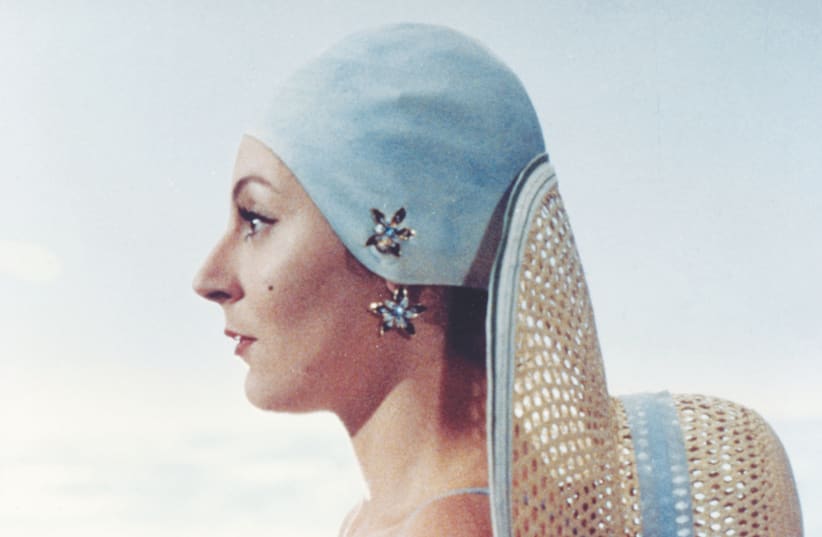The program, called Fellini in Color, features 12 of his films that have been digitally renewed and which will be shown on the big screen in Israel for the first time. The event was produced by the Jerusalem Cinematheque in collaboration with the Italian Cultural Institute in Tel Aviv. The films have Hebrew titles only but Fellini is such a visual storyteller that anyone who can read Hebrew will be able to follow along easily. The director’s true birth year was actually 1920 but the tribute was postponed due to the COVID pandemic.
Dr. Fabio Ruggirello, the head of the Italian Cultural Institute, described in a statement how Fellini liked to say, “My father wanted me to be an engineer, my mother wanted me to become a priest and in the end I became an adjective,” referring to the fact that his name was used as a synonym for bizarre and grotesque stories and images, which he often featured in his work. This series, Ruggirello said, is “a good opportunity to thank him for not being able to become an engineer or a priest, but to give us some of the pinnacles of Italian culture.”
While the early films that first put Fellini on the international map – La Strada, 8 1/2, La Dolce Vita and others – are not included in this tribute, these 12 films will introduce many viewers to a side of Fellini they were not aware of. The films were made during the final decades of his life, at a time when he was widely recognized as one of the leading voices in cinema.
Perhaps the most acclaimed film out of these 12 is Amarcord. It won an Oscar for Best Foreign Language Film in 1975 and through a quirk in the Academy rules, landed nominations for Best Director and Best Original Screenplay the following year. Amarcord is a brilliant coming-of-age story, and while all his movies detail his obsessions, it is perhaps the most autobiographical of his films. It details a year in the life of an Italian coastal town, much like his native Rimini, during the Fascist era, and focuses on a teenage boy and the dramas and comic moments of his and his family’s life. The boy is alternately intimidated and fascinated by the fascists, and Mussolini himself holds a special place in the boy’s imagination.
In a bizarre scene, the town prepares a tribute to Il Duce and creates a giant sculpture of the dictator’s face out of pink and white flowers, as the youth group members parade with weapons before it. The young hero imagines that the flower-face actually moves and that the leader is speaking directly to him and officiates at a ceremony where he marries the girl he loves. The movie is filled with unforgettable scenes like that.
Fellini’s first color film, Juliet of the Spirits (1965), features his wife and muse, the gamine actress Giulietta Masina. While in 8 1/2, Fellini made a film in which he created a version of himself as a married director besieged and distracted by his wife and mistresses who finds refuge in a world of fantasy, in Juliet of the Spirits, he creates a kind of mirror image of this story. Juliet of the Spirits showcased the versatility and playfulness of Masina, who portrays a meek 40-something wife whose fantasies, mysticism and memories give her the strength to leave her cheating husband.
Fellini Satyricon (1969), a loose adaptation of Petronius’s novel The Satyricon, is a disturbing film that tells several stories set in ancient Rome. It doesn’t shy away from the cruelty and exploitation of that era and stars two male-model types who project vacuousness and self-absorption, in a story that features pedophilia, sadomasochism, beheadings, cannibalism, mutilations and other disturbing elements.
Other films in the series include Roma, Ginger and Fred, Fellini’s Casanova (which stars Donald Sutherland), The Clowns, And the Ship Sails On, City of Women, Orchestra Rehearsal, Intervista and Voice of the Moon, Fellini’s last film, which stars Roberto Benigni.
For more information, go to jer-cin.org.il/en/lobby/fellini-color.
